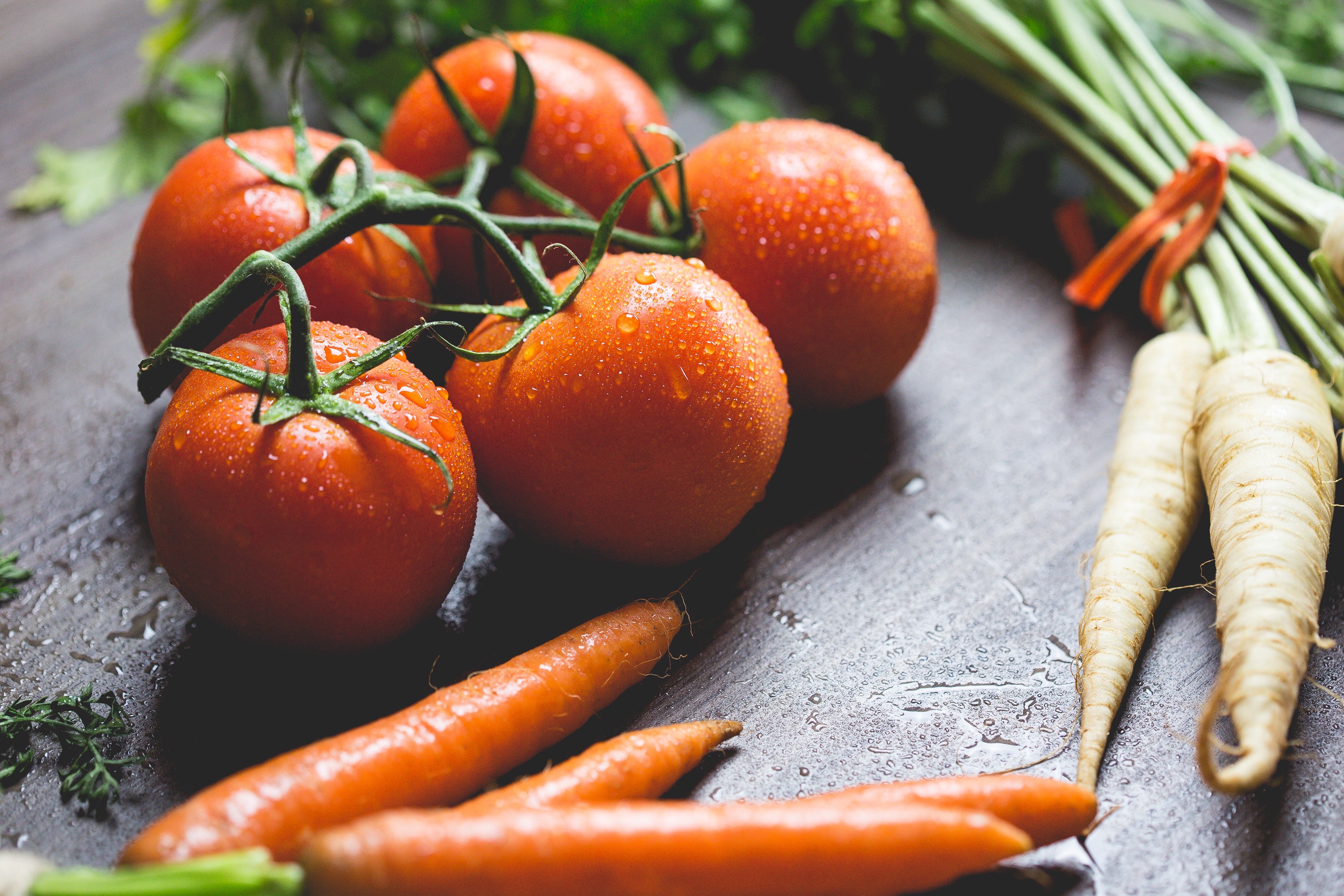
What on Earth are we going to do about food?
By Sam Carter, Director of Only One World
The human population will probably increase by nearly a third by 2050, and we had better prepare urgently for that situation. We have only quite small amounts of land and water to produce the food we will need. And the first danger is that we will reduce these limited resources further as we try to get more from them. If, for example, land is overused and not farmed sustainably, it will often turn into desert.
ئامارا ئاکنجیێن جیھانێ دێ زێدەبیت نێزیکی سێ یەك بو سالا 2050، لەوما باشترە ئەگەر ئەم خو بلەز ئامادە بکەین بو ئەڤێ رەوشێ. مە ب تنێ رێژەیەکا بچیك یا ھەی یا ئەرد و ئاڤێ کو وێ خارنێ بەرھەم بینین یا ئەم دێ پێتڤی بین. و ئێکەم مەترسی ئەوە کو ئەم دێ پتر ڤان سەرچاوێن سنوردار کێم کەین ژبەرکو ئەم بزاڤێ دکەین گەلەك وان سەرچاوان ب دەستخوڤە بینین. بو نموونە، ئەگەر ئەرد گەلەك ھاتە ب کارئینان و ب بەردەوامی و ساخلەمی نەھاتە کێلان، دێ بیتە بیابان.
Another danger comes when we create new farmland. Take the ‘Oklahoma Dust Bowl’ in the American ‘Great Plains’. Over a century ago, this enormous region’s ancient grassland was replaced by two crops – corn and cotton – which were grown very intensively. Then came the hot droughts of the 1930s. The crops died. Worse, the light, dry soil became dust, and without either crops or grassland to hold it down, millions of tonnes were carried away in dust storms that spread south and east. Much of it finally fell into the Atlantic. The land became useless, and 2.5 million people had to move away – many west to California
مەترسیەکا دی دھێتن دەمێ ئەم زەڤییەکا نوی چێدکەین، سەحکەینە " کارەساتا توزێ یا ئوکلاھوما" ل دەشتێن مەزن یێن ئەمریکیا. بەری چەرخەکێ کەسکاتیا کەڤنا مەزن یا ئەڤێ دەڤەرێ ھاتبوو گھورین دگەل دوو بەروبوما- دەخل و دان و پەمبی کو گەلەك د ھاتنە چاندن. پاشی ھشکە سالیا 1930 ھات. بەروبوم ھشك بوون. ژ وێ خرابتر ئاخا ھشك بو توز، نە بەروبوما و نە کەسکاتی خو د وێ ئاخێ دا نەگرت. ب ملیونەھا تەنا دگەل ھروبایا توزێ چوون و بەلاڤ بوون ل باشوور و روژھەلاتی. گەلەك ژ وی بەروبومی ل دوماھیێ کەفتنە ئوقیانوسێ ئەتلەنتی. ئەرد بێ مفا بوو، و 2.5 ملیون خەلك پێتڤی بو باربکەن، گەلەك چونە روژئاڤایێ کالیفورنیا.
Those dust storms would never have happened if the grassland had remained. And if only the farmers had used less intensive techniques, the disaster might also largely have been avoided. We could and should have learned from that. Today, though, similar things are happening in China, Australia and Africa
ئەڤ ھروبایا توزێ چ جاران روی نە د دان ئەگەر کەسکاتی مابا، و ئەگەر تنێ جوتیاران ئەڤ رێکێن توند ب کار نەئینابان، دا ئەڤ کارەساتە ب شێوەیەکێ مەزن رێگری لێ ھێتە کرن، ئەم د شیاین و پێتڤی بو کو ئەم فێر ب باین ژ ئەوێ چەندێ، ئەڤروو رویدانێن وەك ئەڤێ پەیدا دبن ل صینێ، ئوسترالیا و ئەفریقیا.
So what are we going to do to produce more food – and not less? Many believe the answer is ‘GM’ – genetically modified crops. Scientists can now add useful genes from one plant to another to create something new: something that may, for example, produce more fruit, resist disease better and use less water than its natural parent. However, there are worries that weeds could reproduce with artificial GM crops, take their ‘wonder’ genes and then take over the whole land.
ڤێجا ئەم دێ چ کەین داکو خارنەکا زێدە بەرھەم بینین و نە یا کێم؟ گهلهك د وێ باوهریدا نه كو بهرسڤ یا د دهرامهتێن ب رێكا جیناتا هاتینه دروست كرن.زانا نوكه دشێن جیناتێن مفا ێن داروبارهكى بو ئێكا دیتر زیده كهن داكو تشتهكێ نوى دروست كهن :تشتهكى كو بهلكى بو نمونه بهرههمێ وى پتر بیت ,بهرگریا نهخوشیا پتر ههبیت,و كێمتر ئاڤێ ژ توخمێ خو ێى سروشتى ب كاربینیت,دگهل هندێ دا مه ترسیێت ههین كو دهرامهتێن ب زهره دگهل وان بهرههمێن ب رێكا جیناتێن دهستكرد هاتینه دروست كرن دوباره بهێنه بهرههم ئینان ماددهێن باش یێن ئاخێ ب بهن و باشى دهست ب سهر ههمى عهردا بكرن.
Hydroponics offers a different solution. It starts from the fact that soil itself is not important to plants. They will grow as long as they get the soil’s nutrients. When plants are grown in liquids which contain these nutrients and also lots of oxygen, they actually grow better and faster than plants in ordinary soil.
هایدروپونیك چارهسهریهكا جیاواز پێشكێش د كهت.راستیا ڤێچهندێ لڤێرێ دهست پێدكهت كو ئاخ بخو نه یا گرنگه بو داروبارا .و ئهو دێ گهشێ كهن هندى قهلهویا ئاخێ وهرگرن. دهمێ داروبار د ناڤ تهریاتییدا شین د بن كو مادێن خوراكى و ئوكسجین یا تێدا ب راستى ئهو باشتر و بلهزتر گهشهیێ د كهن ژ داروبارێن د ناڤ ئاخا ئاسایى دا
If humans ever lived in deep space or on Mars, they would grow their crops this way. Here on Earth, too, hydroponics might be the solution. We could grow our crops in a million places without soil – even in huge containers out at sea. As long as we started very soon to use hydroponics on a very large scale, it really could be the answer to my question.
ئهگهر روژهكێ مروڤ ل كیراتیا گهردونى یان ل سهر مهریخێ ژیابان ئهو دا دهرامهتێ خو ب ڤێ رێكێ چینن ل ڤێرێ ژى ل سهر عهردى دبیت هایدروپونیك چاره سهرى بیت ئهم دشێن دهرامهتێن خو ل ملیونهها جها بچینین بێ كو پێدڤى ئاخێ ب بین .حهتا د حاویێن گهلهك مهزندا ل ناڤ دهریادا,هندى ئهم زویتر دهستپێبكهین و هایدروپونیكێ ب شێوهیهكێ بهرفرهه ب كاربینین د بیت ئهڤه بیته بهرسڤا پرسیارا من .
 ئەکادیمیا قوتابی
ئەکادیمیا قوتابی